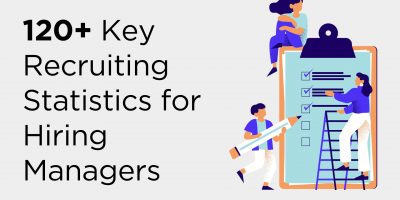
120+ Key Recruiting Statistics for Hiring Managers
Unlock essential recruiting statistics for hiring managers, gaining valuable insights to streamline and optimize your recruitment processes.

Making a career change is undeniably scary and intimidating.
Switching jobs ranks among the top 20 most stressful life events on the Holmes-Rahe Stress scale just after the death of a close friend. As a result, HR professionals aim to smooth this process and help new hires feel welcomed by following a carefully structured onboarding plan.
By definition, employee onboarding is introducing a new employee to the company, its values, and work culture.
The goal is to integrate the new employee into the workflow and operations of the company over several months so that they can become productive members of the organization.
Often referred to as organizational entry and socializing, employee onboarding introduces a new hire to the company. As the name suggests, onboarding is about successfully bringing new employees on board.
Relatively small investments by organizations that acknowledge the value of a quality onboarding program can lead to great returns. The study “From Capability to Profitability: Realizing the Value of People Management” from leading consulting firm Boston Consulting Group (BCG) and the World Federation of People Management Associations (WFPMA) found that the onboarding process is the second biggest contributor to a company’s economic success and revenue growth.
Although there are different approaches to this delicate process, the desired outcome is always to achieve long-lasting results through employee retention. If employees are proud of their affiliation with the company, they are more likely to stay long-term.
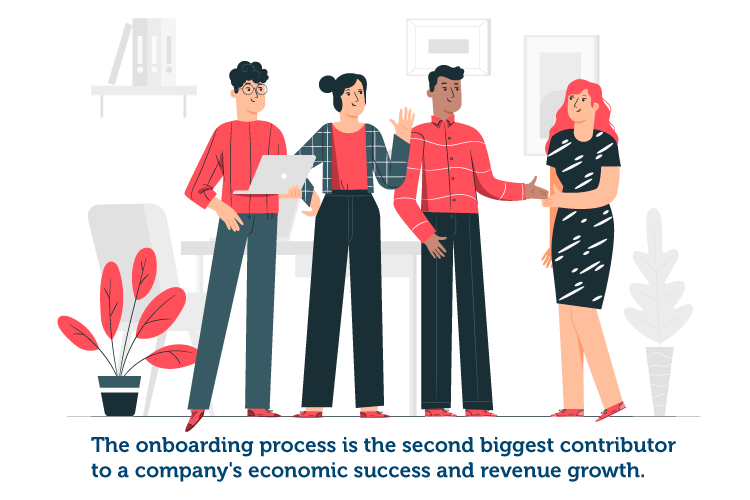
An effective employee onboarding program will:
According to Shortlister’s recruitment statistics article, a great onboarding process can improve employee retention by 82% and productivity by over 70%.
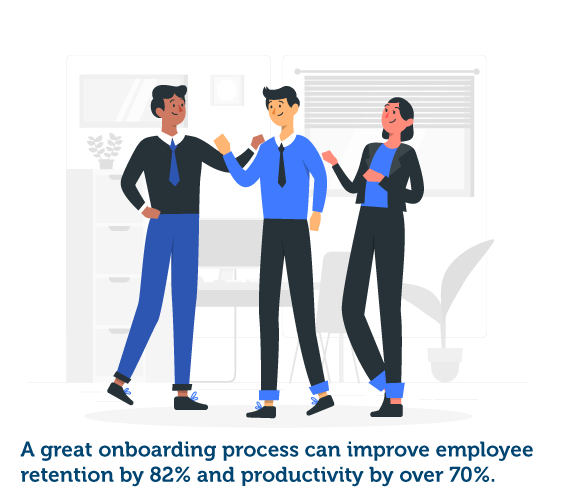
The comprehensive onboarding process entails all the activities that start after a job offer is accepted to fully acclimate the employee. It is essential to have a step-by-step checklist for all the activities that matter to each individual company.
Some of the formal activities that new employees can expect on the first day or in the pre-boarding process are:
However, the onboarding process should not only be about filling out paperwork and boring meetings. Besides the traditional joining formalities, getting employees excited about being a part of an organization is crucial in ensuring they adapt quickly.
Some informal and fun strategies that businesses incorporate into their onboarding program are:
Research data shows that gamifying the onboarding process facilitates social integration, especially among the younger generations.
Dedicating ample time and effort to recruit the right applicant, investing in an ATS, and creating a quality candidate experience are all efforts toward selecting the best candidate in the talent pool. However, those efforts will be wasted if the new hire leaves the company soon after joining.
HR should improve the recruitment pipeline and create a robust onboarding program. Some key elements of an efficient employee onboarding plan are to enable, enlighten, and impassion the employee.
By providing new employees with the tools and resources they need early on, they can assimilate to their position in the organizational structure and learn the skills and behaviors needed to meet their job performance requirements.
Nowadays, HR teams use onboarding software that can lay out a structured plan and serve as a roadmap to track the progress of new hires. Even remote workers have a robust onboarding plan with this innovative software solution.
When the administrative process is automated, new hires can focus on tasks related to their role more manageable. Many onboarding-related tasks can be streamlined, such as benefits and payroll enrollment, software and equipment set-up, coaching, and support.
It is in the organization’s best interest to provide all the necessary tools to enable a new hire to become a productive employee.
The first days of adjustment for a new employee can be overwhelming.
They may question if choosing one organization over another was the correct decision. Talent managers need to reassure and enlighten new employees about the opportunities within the company by discussing potential career progression and long-term learning prospects.
When management effectively communicates the importance of the role and recognizes the skills and strengths a new employee brings to the organization; they will become more engaged.
By encouraging employees to apply their personal strengths to the job, they become more committed, connected, and likely to stay.
The final element of employee onboarding is also the hardest to achieve – impassion for them in their new job. The biggest driver of passion for one’s job is making employees feel they are a good match with the organization.
They find meaning in their work and feel valued and appreciated.
The outcome of engaged and motivated employees is reflected in many ways that benefit the business. When employees feel pride in their work, they are more likely to recommend the company to others, work overtime, stay loyal, and foster a positive and driven work culture. Employees are the engines that keep an organization running, so their satisfaction is fundamental to creating a thriving company.
The performance management process is vital in establishing good communication with a new hire. Formal interviews where they receive feedback and areas of improvement should be conducted for the first 30-90-180 days.
HR professionals should proactively check in with new hires and gather their feedback. This data can continuously improve the onboarding process by discussing the employee’s experience and expectations.
Businesses need to be proactive in their sustainability efforts, which means staying up-to-date on the latest trends and technologies.
Below are some of the key trends in corporate sustainability that businesses should be aware of.
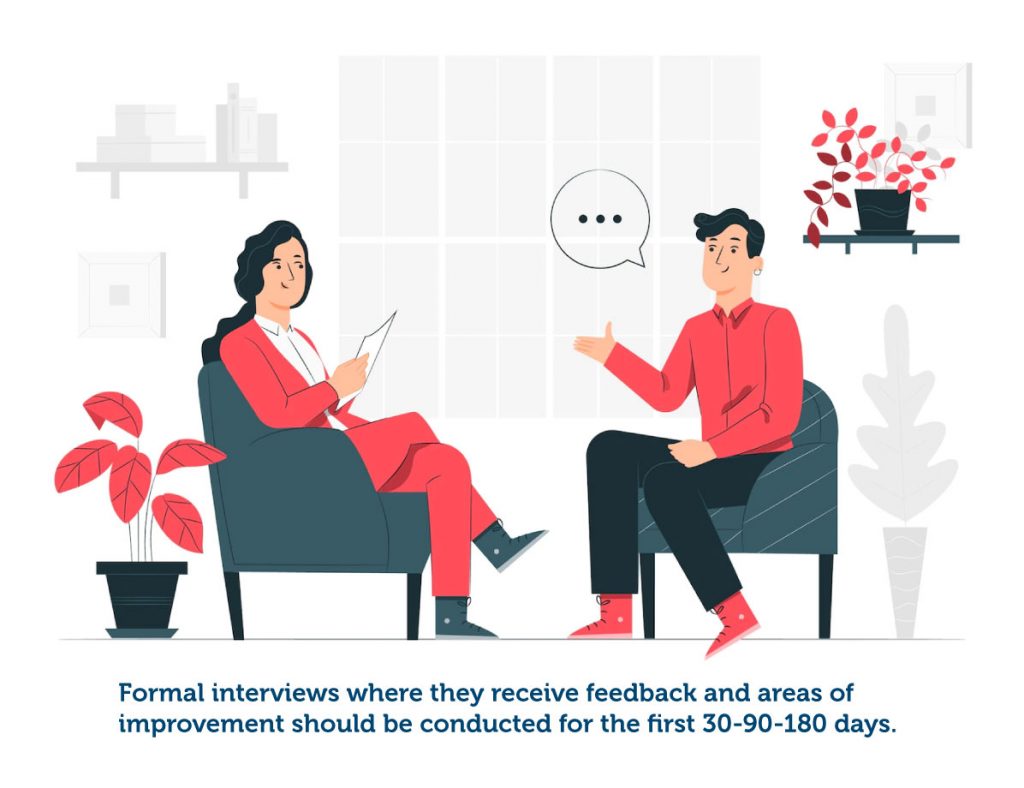
Changing jobs should be an opportunity for new employees to learn, grow, evolve, and align with the organization’s goals. HR professionals can choose from a range of approaches to convert a new hire from an outsider to an insider.
There is no one-size-fits-all approach, as it needs to be modified based on the individual and the role.
HR must identify the new hire and any potential obstacles in their onboarding journey and prepare to eliminate any issues. Possible ideas to consider are the employee’s learning style, tech-savviness, location, which generation they belong to, and career level.
It is crucial to keep in mind that each generation may have different expectations from their new job.
For example, Baby Boomers value healthcare and retirement options. At the same time, Gen Z may need instant feedback, assistance with student debt, or mental health support. By adequately identifying every new employee, HR can assist them and better meet their expectations.
Some broader objectives organizations can follow to have a proactive onboarding process have been defined.
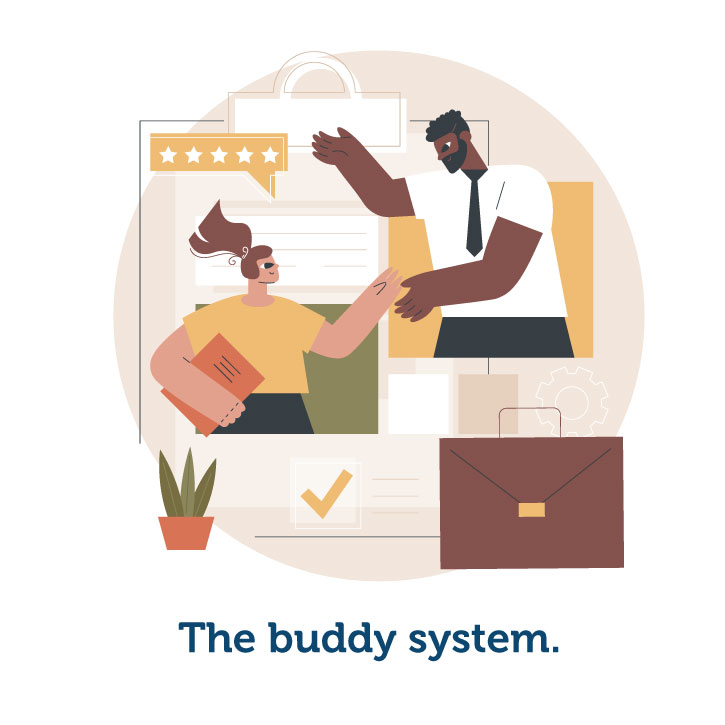
Dr. Tayla Bauer from the SHRM Foundation identified the building blocks of successful onboarding, often referred to as the four C’s. There are four distinct levels of onboarding, from least to most effective:
HR’s task is to introduce new employees to all their coworkers and ensure they are included in all formal and informal activities, such as company lunches. As mentioned, the buddy system, where an employee is assigned a mentor who can answer and assist with any questions, will lead to a more effective onboarding process.
The pitfall of many organizations is the practice of passive onboarding, where only the compliance level and some clarification levels are covered. To achieve proactive onboarding, organizations must cover all four C’s.
Each employee is different and may have a different timeline for their onboarding journey.
Although research and conventional wisdom both suggest that employees get about 90 days to prove themselves in a new job, according to SHRM, there is no clear timeline on how long the employee onboarding period lasts.
Employee onboarding should not be confused with employee orientation.
Employee orientation is a one-time event where the general focus is on the employee’s role and broad company details. Usually conducted in a classroom or online during the first week, the aim is to provide the recruit with all the basic employment information.
On the other hand, employee onboarding is a journey that can last up to 3-12 months. It starts before the employee’s first day and is an ongoing effort. The timeline for the first 180 days looks something like this:
After the first year, the employee transitions from onboarding to retention, employee satisfaction, and continuous development. The employee is expected to be thoroughly acclimated and able to independently lead projects, collaborate, and be a productive member of the company.

First impressions matter. Therefore, optimizing the onboarding process and improving the employee experience is a powerful strategy that should not be overlooked. The search for quality candidates in today’s highly competitive market is relentless. Through the strategic use of onboarding, businesses can maximize the success of their talent management system and gain a significant advantage.
Browse our curated list of vendors to find the best solution for your needs.
Subscribe to our newsletter for the latest trends, expert tips, and workplace insights!

Unlock essential recruiting statistics for hiring managers, gaining valuable insights to streamline and optimize your recruitment processes.
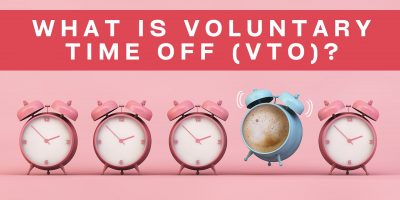
Discover how, if done correctly, voluntary time off can allow employees to find the perfect work-life balance while lowering company costs.

Since the company’s culture has always been crucial in attracting and retaining talent, HR professionals might struggle with the dilemma: should they hire for culture add vs culture fit?
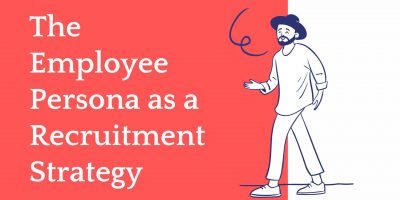
To successfully navigate the current job market, hiring managers should consider what job seekers most value or dislike about a job. That is where employee personas can come in handy.
Used by most of the top employee benefits consultants in the US, Shortlister is where you can find, research and select HR and benefits vendors for your clients.
Shortlister helps you reach your ideal prospects. Claim your free account to control your message and receive employer, consultant and health plan leads.